Aprovechando que ya se acerca las fechas navideñas, comparto un pequeño resumen de como se acostumbra celebrar la navidad en el pueblo, aunque se celebra casi de la misma forma en todo el país.
Taking advantage of the fact that Christmas is approaching, I share a small summary of how it is customary to celebrate Christmas in the town, although it is celebrated in almost the same way throughout the country.
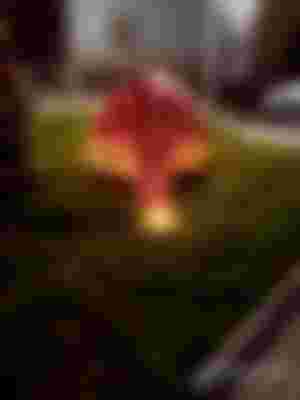
La fecha tradicional de iniciar toda la celebración navideña es el 7 de Diciembre, el "Día de las velitas", ese día ya todas las familias tienen listo el pesebre, el árbol, la iluminación y el resto de decoración y las grandes ciudades hacen la inauguración de toda la iluminación de calles y parques.
The traditional date to start the entire Christmas celebration is December 7, the "Day of the candles", that day all the families have ready the manger, the tree, the lighting and the rest of the decoration and the big cities make the inauguration of all street and park lighting.
La noche del día de las velitas, se encienden velas y faroles en los andenes de las casas, ahora es mas por tradición, pero su origen se debe a la vigilia que se realizaba por la celebración de la inmaculada concepción de la Virgen María al día siguiente (8 de diciembre).
The night of the day of the candles, candles and lanterns are lit on the platforms of the houses, now it is more by tradition, but its origin is due to the vigil that was carried out for the celebration of the immaculate conception of the Virgin Mary to the day next (December 8).
Actualmente debido a la comercialización de las fiestas se empieza a ver todos la mercancía navideña desde octubre, y por las obligaciones laborales algunas familias decoran el ultimo fin de semana de noviembre
Currently due to the commercialization of the holidays, we begin to see all the Christmas merchandise from October, and due to work obligations some families decorate the last weekend of November

El dia 16 de diciembre se inicia la novena de navidad.
Las familias suelen rezar la novena en sus casas juntos al pesebre, o se reúnen todos los vecinos de una cuadra o de un barrio a rezarla.
Las estaciones de policía o las alcaldías también organizan una novena infantil donde reparten regalos a los niños el día 24
En las iglesias se celebran misas todas las madrugadas hasta el 24 y en la misa de las 7 pm se reza la novena de navidad o novena de aguinaldos.
En el pueblo donde vivo una de las tradiciones es tomar "Peto" caliente al salir de la misa de madrugada. (El peto es un dulce o postre que se hace con maíz cocido, leche, azúcar y trozos de queso preferiblemente "queso costeño", un queso que se caracteriza por ser fresco, blanco, salado)
On December 16 the Christmas novena begins. Families usually pray the novena in their homes together at the manger, or all the residents of a block or neighborhood gather to pray it.
Police stations or city halls also organize a children's novena where they distribute gifts to children on the 24th.
In the churches "Misa"(Eucharist) are celebrated every morning until the 24th and at the 7 pm "Misa"(Eucharist) the Christmas novena or Christmas novena is said. In the town where I live, one of the traditions is to drink hot "Peto" when leaving the early morning "Misa"(Eucharist). (The peto is a sweet or dessert that is made with cooked corn, milk, sugar and pieces of cheese, preferably "coastal cheese", a cheese that is characterized by being fresh, white, salty)

La comida típica de los días navideños sueñe incluir: Buñuelos, natilla, tamales, lechona y algunos preparaciones típicas de cada región.
La nochebuena solía ser para festejar en familia, o por cuadras o barrios, actualmente cada quien festeja como quiere. A las 12 de la noche se coloca al niño Dios en el pesebre, y el Niño Dios trae los obsequios a los niños y los deja en el pesebre, en el arbol o en la cabecera de la cama si no son regalos muy delicados.
The typical food of the Christmas days dreams of including: Buñuelos, natilla, tamales, suckling pig(lechona) and some typical preparations of each region.
Christmas Eve used to be to celebrate as a family, or by blocks or neighborhoods, currently everyone celebrates as they want. At 12 o'clock at night the baby God is placed in the manger, and the Baby God brings the gifts to the children and leaves them in the manger, on the tree or at the head of the bed if they are not very delicate gifts.
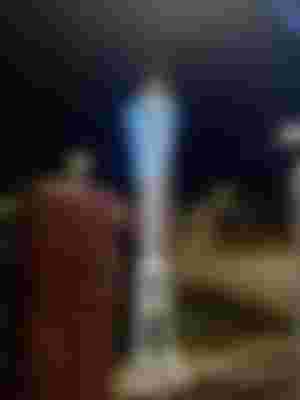
El día de navidad todos aprovechan para hacer un paseo a rio o a piscina, y la comida suele ser todo lo que sobro del día 24. Después de eso ya la celebración de nochevieja y año nuevo toma protagonismo, hasta el 6 de enero "Día de Reyes", día en que tradicionalmente se recoge toda la decoración y se guarda hasta la próxima navidad.
On Christmas day everyone takes the opportunity to take a walk to the river or the pool, and food is usually all that is left over from the 24th. After that, the celebration of New Year's Eve and New Year's Eve takes center stage, until January 6 "Day of Reyes ", the day on which all the decoration is traditionally collected and stored until next Christmas.
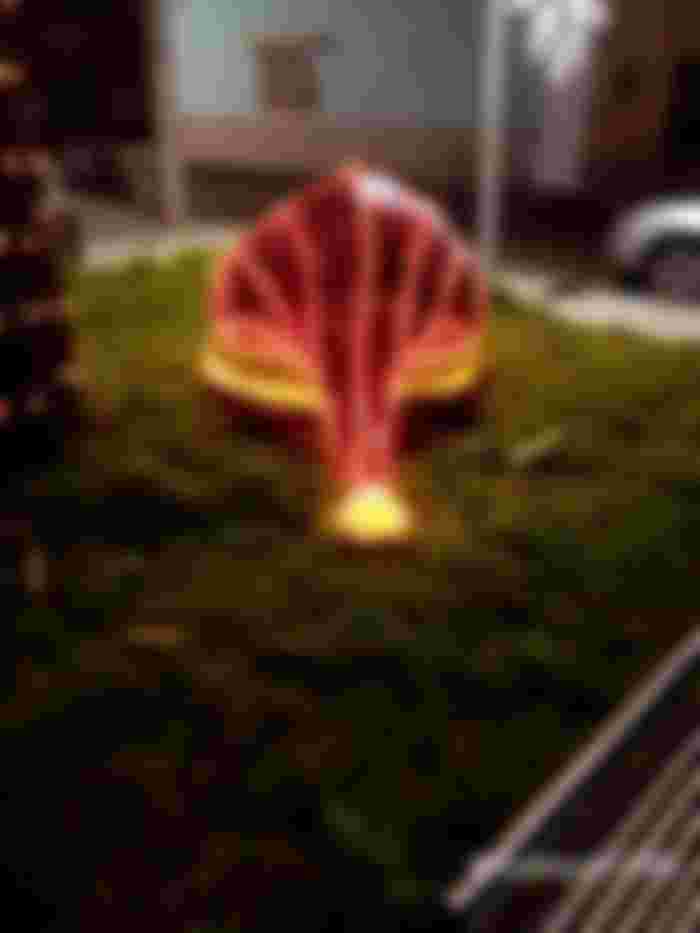

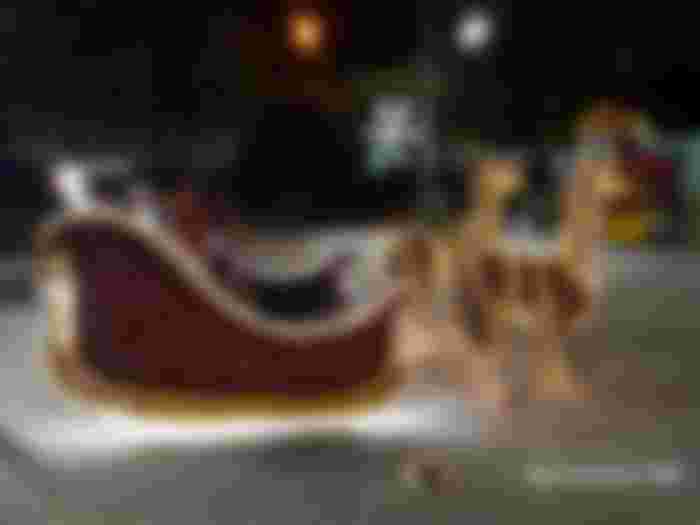
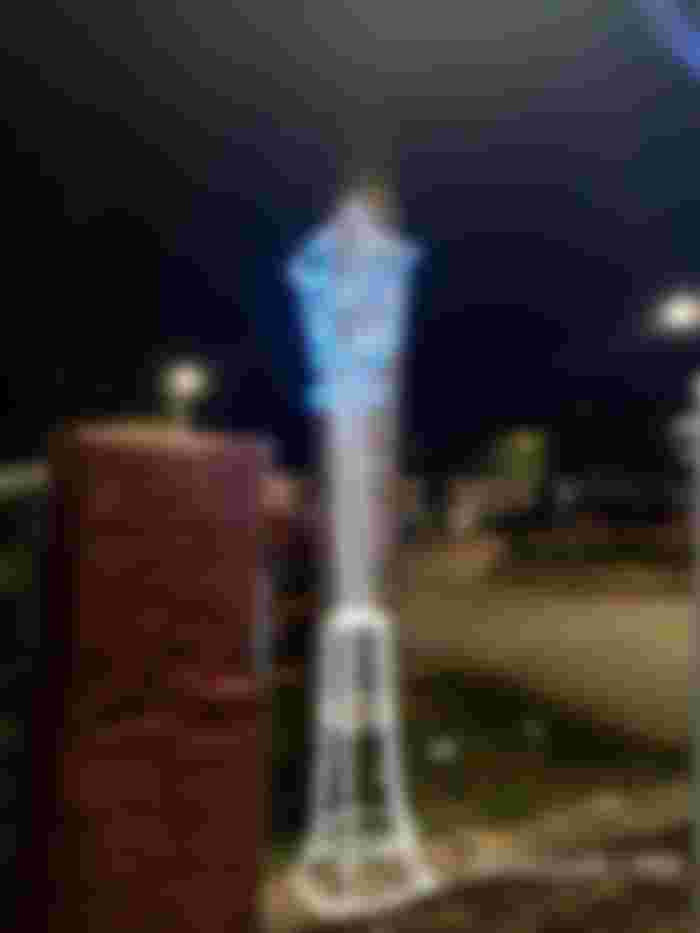
Regarding:
We just arrived in Bogota (our first time).
I enjoyed reading your article describing
what we may expect over this holiday season.
Now I know to prepare to explore on December 7.
Perhaps you know someone in Bogota who
might want to earn a bit of BCH over the next few weeks?
see my previous post here:
https://read.cash/@sanctuary.the-one-law/post-d0e397bf
Live Well and Prosper